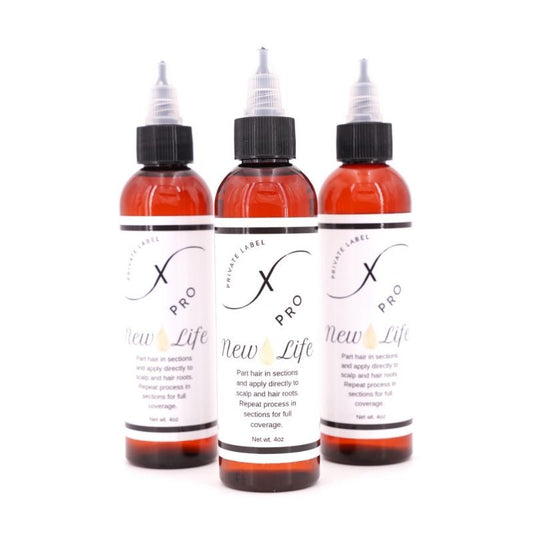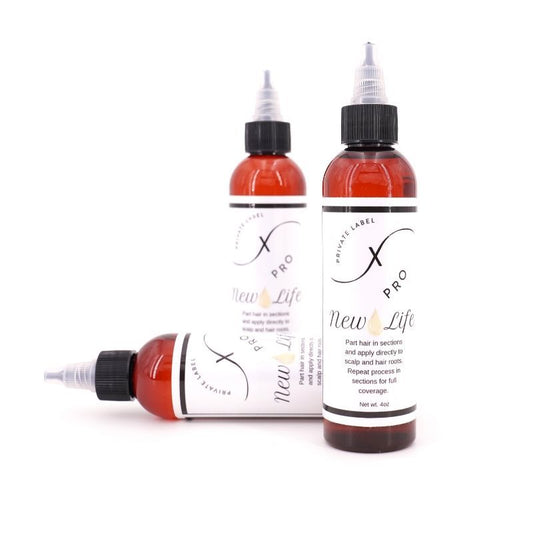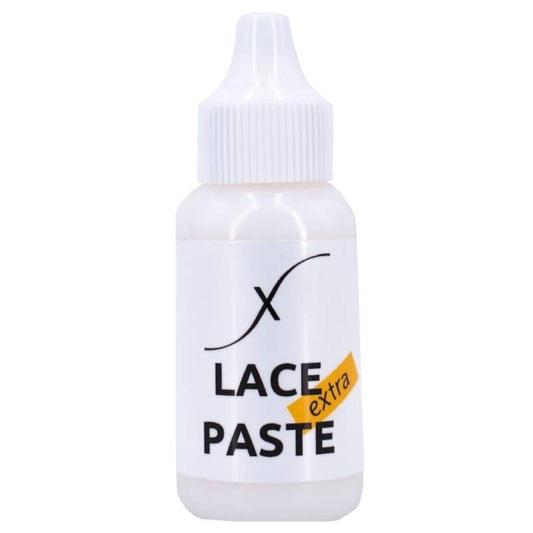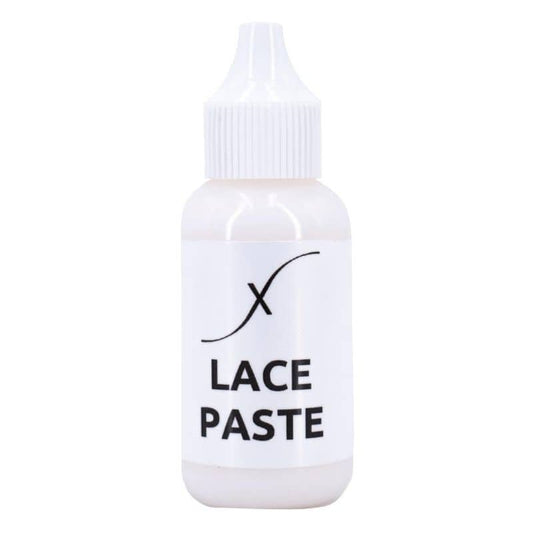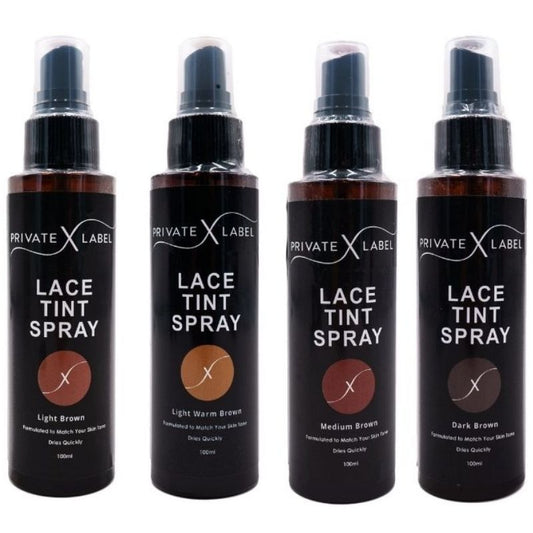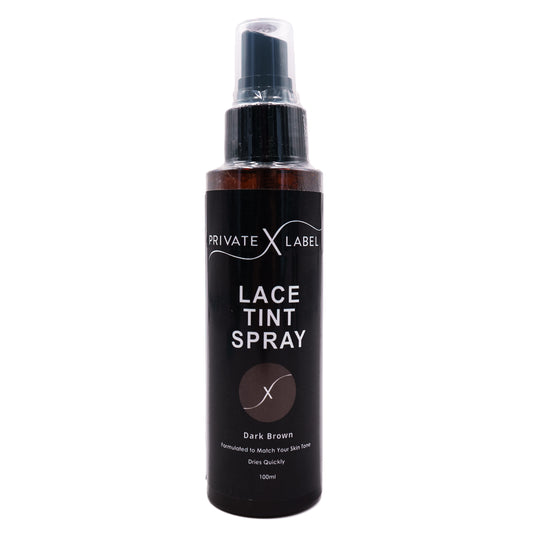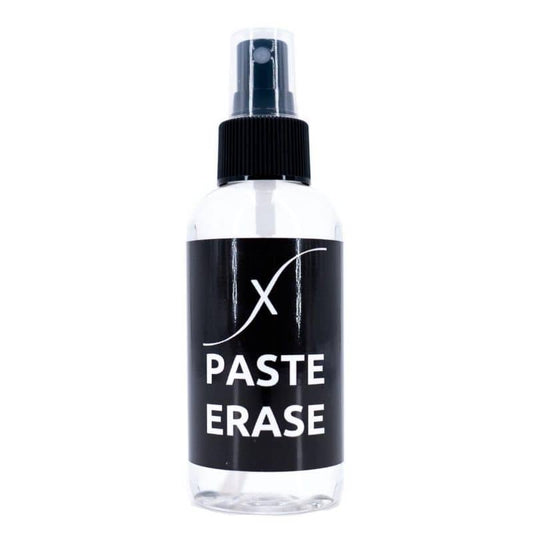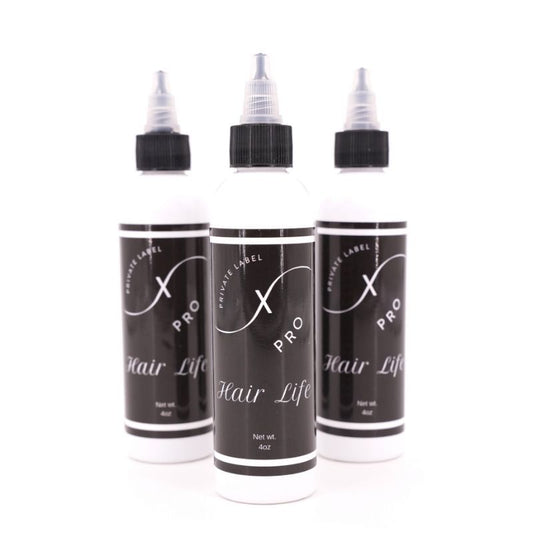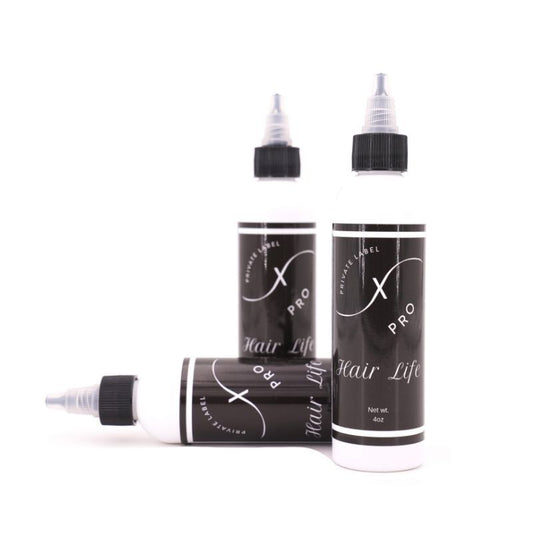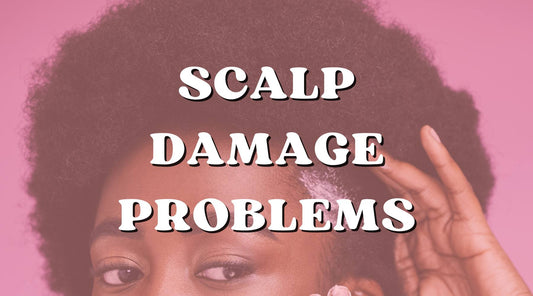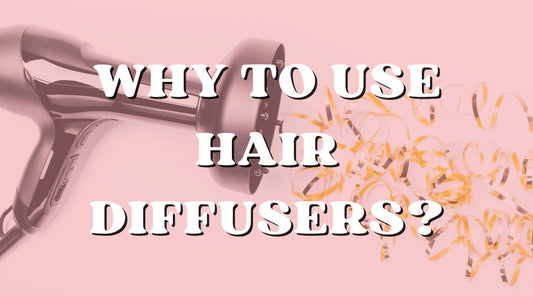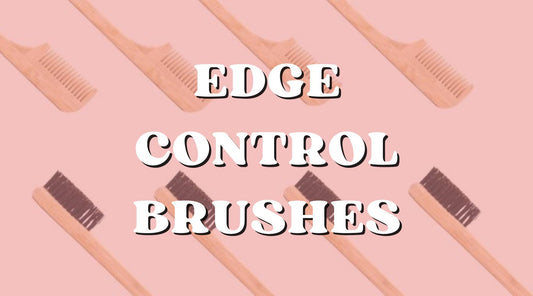1260 Memorial Drive
Atlanta, Georgia 30316
404-458-1330
Do I Have Damaged Hair, and How Do I Fix It?
Mikey MoranIt's not always easy knowing when your hair is damaged.
When I started doing my hair, I had no clue that my hair needed a rejuvenating treatment. My hair wasn't always damaged.
In fact, my hair flourished and was healthy until I started using harmful products. It started when my mother began using relaxers on my hair.
A hair relaxer is one of the worst things you can use on your hair because of the harsh chemicals in the products.
After using relaxers for about two years, my hair started to break and become damaged. 😞
My ends were splitting.
My scalp was dry, and my hair was brittle. There was breakage that I felt like I couldn't stop.
There were only just a few indicators that my hair was damaged. I didn't even have a full understanding of how damaged my hair was until the breakage began pulling out my hair.
I'm confident that if I had been able to catch the damage to my hair earlier, I would have been able to fix it sooner.
Identifying damaged hair can be difficult, but with these simple tips, you should be able to tell the difference between damaged hair or hair bundles and healthy hair.

Where to Look
When looking for damaged hair, you'll need first to dissect each section.
I suggest parting your hair into sections and analyzing each section. When searching, you should look from root to end and check for dead ends and dryness.
There are a variety of things to look for. It's important to remember that damaged hair doesn't always look damaged.
This is why doing a part-by-part analysis is essential.
Consult with a Professional
If you're not sure whether you trust your own opinion, you should try consulting with a professional.
A professional would be a hairstylist who specializes in hair care and rejuvenation.
Most times, a hairstylist will be able to give you a free consultation and let you know what kind of damage you're suffering from.
When you make your appointment with your stylist, ask them the appropriate questions. Let them know about your hair history.
Let your hairstylist know whether you've had color before, especially a vibrant color that could potentially be damaging or a diet is affecting your hair.
Also, let your hairstylist know whether you've had extensions in the past because they can also be damaging to your hair.
You'll want to let your stylist know what your goal is for your hair so that they can let you know the best way to get there.
A consult with a competent professional can be extremely beneficial to your hair care journey.

The Difference Between Damaged and a Hair Condition
It's important to know the difference between having damaged hair and a hair condition.
Damaged hair usually isn't consistent when treatment is consistent.
For example, if you start to treat your dry hair and the dryness doesn't alleviate, you may have a hair condition.
Many hair conditions pose as damaged hair. The main difference between a hair condition and damaged hair is that a hair condition is consistent even with treatment.
For hair to be treated efficiently, you'll need to make sure you're using products targeted to treat your condition.
If you're not sure whether you have a condition, visit a doctor or a dermatologist who specializes in hair.
A professional will be able to let you know what kind of condition you're dealing with.
Be sure to let them know what your symptoms are and how long they've been consistent.
Don't be afraid to ask them questions about what may be the cause of your condition as well.

Signs of Damaged Hair
As previously mentioned, there are plenty of ways to know when your hair is damaged.
However, it's not always visible. Damage can be sneaky and completely ruin your hair if not caught quickly.
It's important to pay attention and be diligent about the health of your hair. Here are some signs that you have damaged hair.
Dead Ends/Split Ends
This sign is difficult to spot unless your ends are severely damaged.
If you're someone who trims your hair often, then you may not think you have damaged ends that need hair dusting.
However, just because you cut a lot doesn't mean that your ends aren't split. The best way to check the health of your hair when it comes to split ends is to check the longevity.
How long does your hair last before needing to get another trim?
If you see that your ends are splitting almost immediately after a trim, your hair is more damaged than you think.
The average time between trims is once every two months. Anything sooner than that may be an indication of damage.
Uneven Texture
Is your texture uneven throughout your hair?
If so, your hair may be damaged.
For example, have you ever seen someone wear their natural hair out, and one part is straight hair while the other is curly hair?
This is an indication of damage. When the texture is uneven, it's an indication that you need a haircut to get rid of all that dead weight.
Typically, texture and pattern don't come back after being damaged by heat or chemicals.
That's why it's essential just to cut it off and start fresh. If you don't want to do that, you can try to use some rejuvenating treatments such as leave-in conditioners and hair masks.
Hair Loss & Breakage
Hair loss and breakage are standard indicators of damage.
There are different ways to tell when you're suffering from hair loss and breakage.
For example, your hair is damaged when clumps of your hair come out when you brush your hair.
Another indication is when you wash your hair. Its clumps come out as you lather or rinse. Now, it's important to know that clumps don't mean big clumps.
If you have big clumps, you should take the time to visit a professional because big clumps may be an indication of a condition.
Hair loss and breakage aren't anything to worry about since they can be quickly rectified if it's not a condition.
The underlying issue is usually that your hair is dry and lacks proper nourishment.

Fixing Your Damaged Hair
Every remedy to fix damaged hair won't be the same, considering that there are different types of damaged hair.
However, it's vital that once you notice that your hair is damaged, you'll need to start treating it right away.
The best way to treat damaged hair is to add moisture and get your hair trimmed regularly.
Make sure you do the proper research to handle your specific damage so that you can lead a healthy hair lifestyle!
And explore wigs options to accommodate your throughout the treatment things like 2x6 Glueless Closure Wigs and V-Part Wigs with less lace space.

What to Remember
Hair damage varies, so it's important to carefully analyze your hair and see what kind of damage you're experiencing.
The damage types listed above aren't the only kinds of damage that can affect your hair, but they are the most common.
There is a big difference between having damaged hair and having a hair condition. It's crucial to know that.
Consult with a professional if you're unsure of what kind of damage you're suffering from and how to fix it. 👩🏿⚕️
A professional will be able to let you know what needs to be done.
Make sure you do all the research necessary, and you should be able to have healthy hair with no issues at all!
And keep in mind, medical wigs and soothe many scalp conditions.

